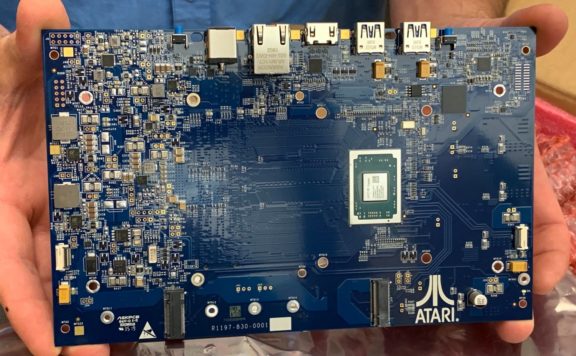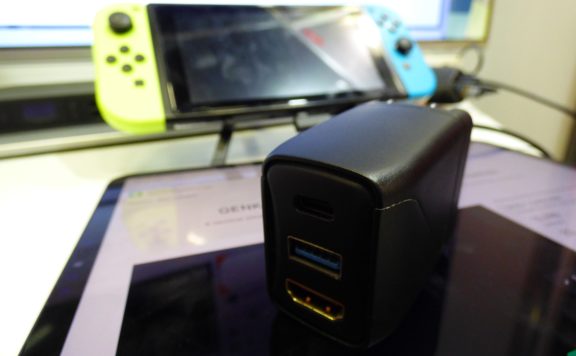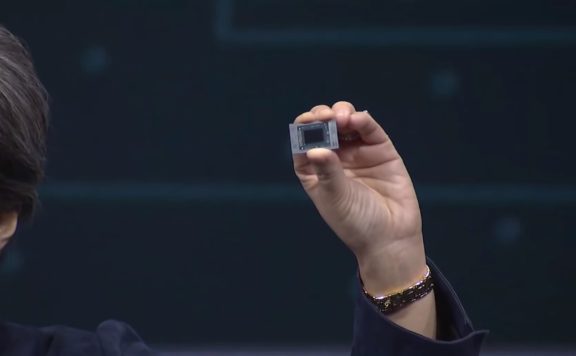Thought that title may catch your attention! Believe it or not, rumors abound that Intel is planning on taking the fight to NVIDIA when it comes to offering the best high-performance graphics card on the market. Details are obviously top secret, but let’s face it – you’d be hard pressed to right away think of exactly how Intel is going to achieve this rather lofty ambition. If you were offered a side bet while enjoying a session at Casino Mohegan as to whether they could manage it, odds would surely be firmly against.
Let’s start with why taking on NVIDIA may present a challenge. They enjoy around a 70-75% share of discrete graphics cards, thanks in no small part to the 10-series GPUS – the 1080Ti is going to take a heck of a lot to beat. The 11-series is on the horizon. Graphics cards such as Tesla V100 and Quadro GV100 make them simply place them at the top of the tree. Throw in supplementary expertise in consoles with the Tegra X1 chip running the Nintendo Switch, and even moves into the auto business and what you’re left with is a very daunting opponent indeed.
Intel may be the biggest CPU manufacturer out there, but when it comes to GPUs they have little to boast about, having often been reliant upon AMD and NVIDIA chips in their higher end products. Anyone who has used the Intel integrated graphics will know that they’re way down the pecking order, often not capable of effectively running games that may have been released three or four years ago. So what’s the rabbit up the sleeve?
Intel has managed to poach perhaps the best GPU expert in the business. The amount it may have cost to convince Raja Koduri to leave AMD is obviously a private matter, but let’s just say probably quite a bit! He’s been given what amounts to a free run of everything necessary to make Intel competitive when it comes to designing high-performance gaming graphics cards. This involves everything from structuring and leading his own handpicked team through to final product delivery.
What are the chances he may manage to succeed? Well, mighty as NVIDIA may currently be, there’s a chance that they may just be resting on their laurels a little. The Pascal infrastructure is slowly starting to age (in terms of PC tech at least) but the next range GeForce GTX 11 series (‘Turing’) is due in a few months or so. That ought to be plenty to keep them at the top for the time being, but with there’s still the risk that they may take their eye off the ball with their increasing diversification into other tech fields.
Intel does have a number of advantages. They have the money, expertise, facilities, leadership and next to no pedigree in this line of GPUs. What that means is that they can aim for a release maybe in 2020/21 with a GPU that is as good as it gets at that time, basically storming them right to the top of the table in regard to sheer quality in a ‘snapshot’. Yet one release is not going to be anything near enough to dislodge NVIDIA’s well-earned reputation that has been established over years of successful advancements.
What Intel need to do is set a release strategy that mimics NVIDIA but consistently beats them over time. We’re looking at a decade or so before they can claim to be the best in delivering quality gaming graphics cards. What would be a good idea is if they could use this expertise in a watered-down fashion and apply it towards the millions of laptops they sell every year. That could be a true gamechanger, but we won’t know if they can for many years yet.







